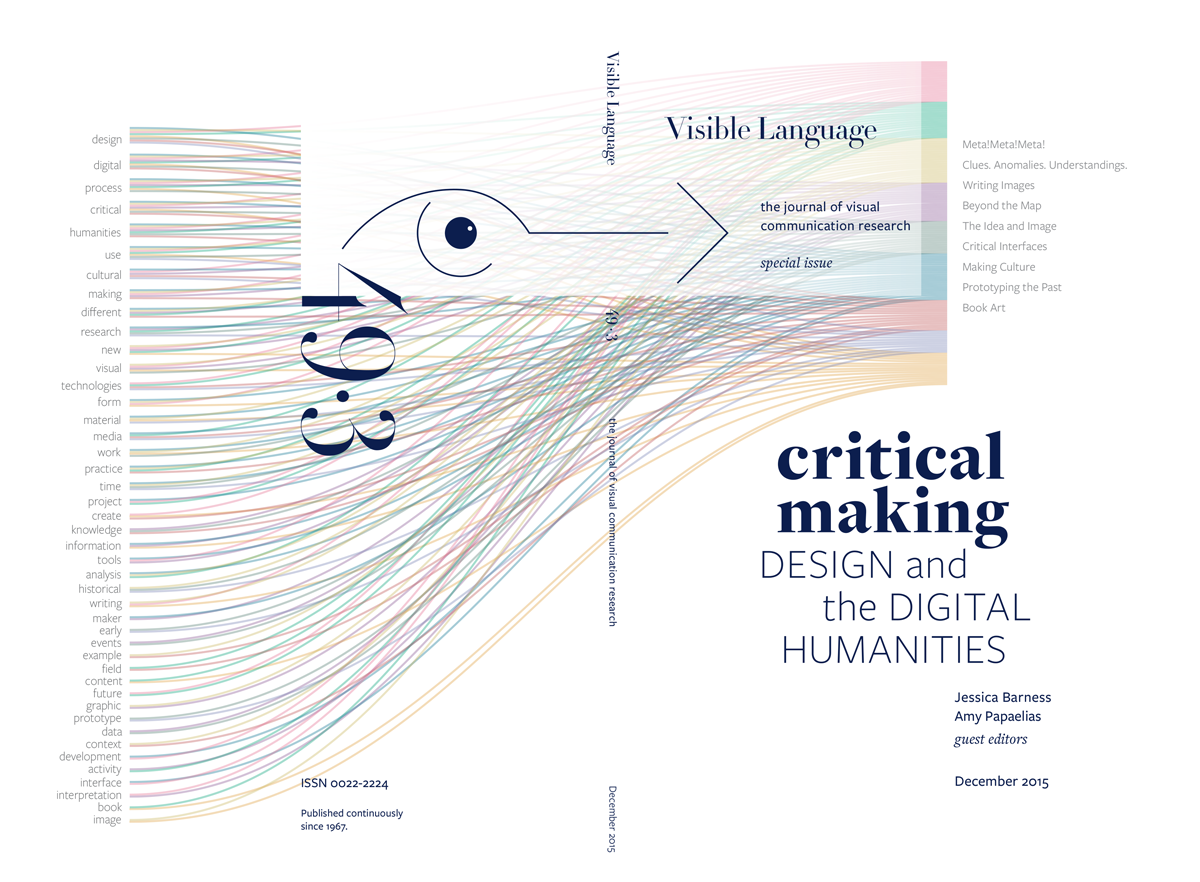Writing Images and the Cinematic Humanities
Abstract
The histories of film and video contain a sub-history of media-based critical analysis undertaken through visual analysis, the integration of text and image, and the deployment of the artist's own body as a means of underscoring a critical stance. This essay explores four modes within this critical practice and makes a case for the cinematic humanities, or humanistic inquiry enhanced through the practices and modes of cinema, even as cinema continues to expand into what has been dubbed "the post-cinematic." The cinematic humanities include examples of critical visual work that integrate space, time, and the methods of design to produce new ways of knowing. The works created in this arena constitute a form of critical making that reframes the fundamental acts of the humanities through cinematic tools and allows us to reconsider our ability to re-search, re-frame, re-edit, re-contextualize, and re-write. This article has a digital component available at http://scalar.usc.edu/works/writing-images/users/3330Downloads
Published
2015-11-01
Issue
Section
Journal Article

